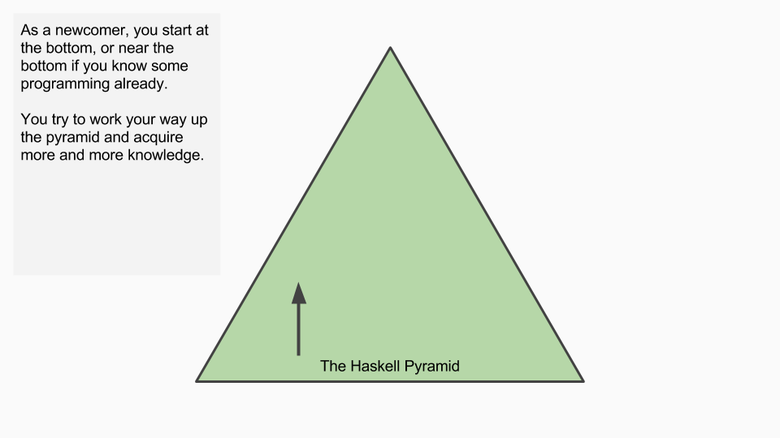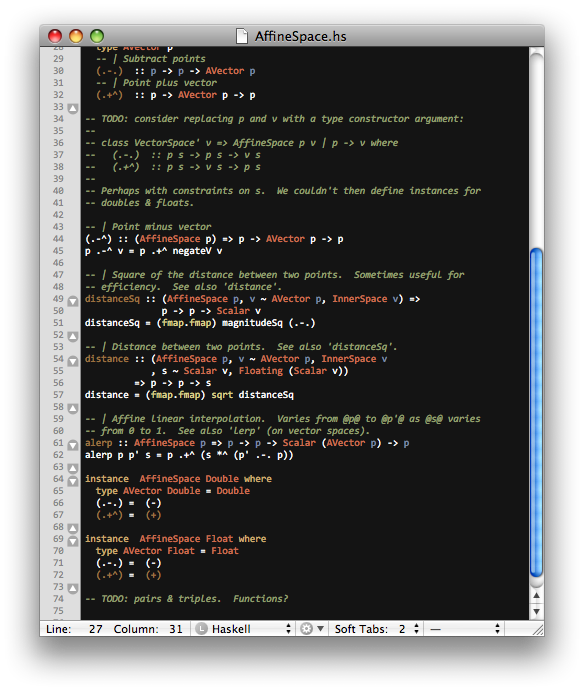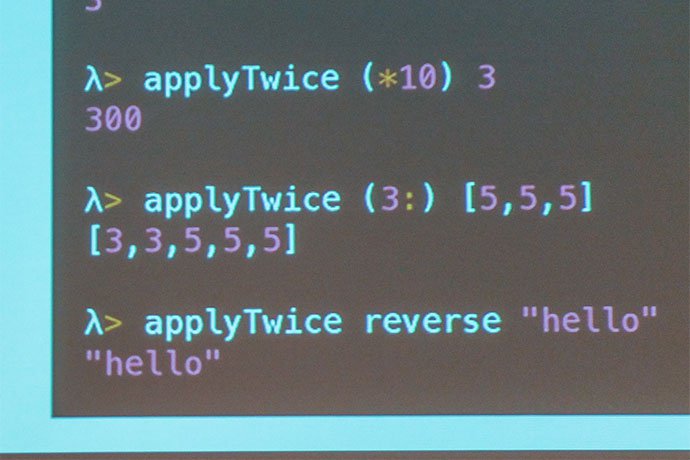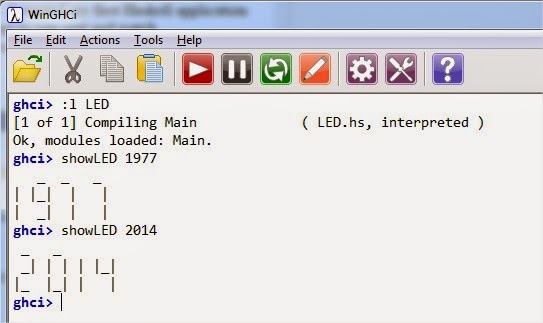Fmap Haskell. What is less well known is that the second actually follows from the first and parametricity, so you only need to sit down and prove one Functor law when you go. Branch a (Tree a) (Tree a) deriving (Show) I want to crate an fmap and a foldMap , so i tried The free theorem for fmap. When working with Sequence you also want to refer to the documentation for at least Foldable and Traversable. Prime fmap is used to apply a function of type (a -> b) to a value of type f a, where f is a functor, to produce a value of type f b. The Sequence version of toList is in the Foldable class. It's to map a function over a Functor instance. In Haskell, fmap is a sort of "lifting" or "piercing" operation. That is to say, a new Functor, f b, can be made from f a by transforming all of its value (s), whilst leaving the structure of f itself unmodified.
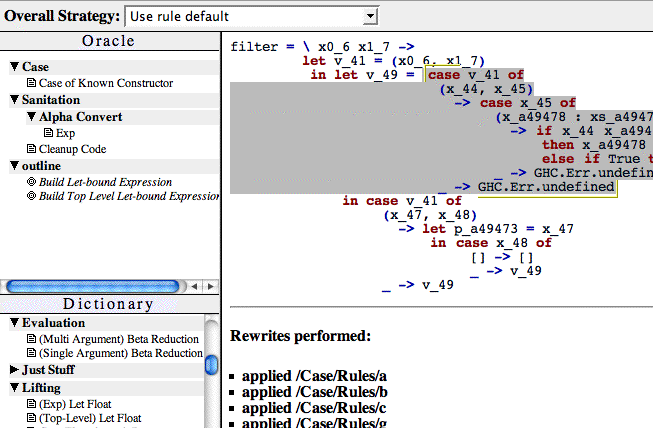
Fmap Haskell. Haskell's standard module ships with two functions, called map and fmap. A list-like container is a sort of thing that can be "pierced", but so many more things than lists are functors! In Haskell, fmap is a sort of "lifting" or "piercing" operation. It's to map a function over a Functor instance. The Sequence version of toList is in the Foldable class. Fmap Haskell.
Halfway Point Between Council Bluffs, IA and Haskell, AR.
The easy way to find businesses and members in the Council Bluffs Area Chamber of Commerce Data.
Fmap Haskell. Examples Synopsis Documentation class Functor f where Source # Data. Note that for any type constructor with more than one parameter (e.g., Either ), only the last type parameter can be modified with fmap (e.g., b in `Either a b`). Looking at its definition, reveals that it's recursive implementation is exactly what one would expect: map :: (a -> b) -> [a] -> [b] map _ [] = [] map f (x:xs) = f x : map f xs The Prelude is imported by default into all Haskell modules unless either there is an explicit import statement for it, or the NoImplicitPrelude extension is enabled. Methods fmap :: (a -> b) -> f a -> f b Source # fmap is used to apply a function of type (a -> b) to a value of type f a , where f is a functor, to produce a value of type f b. Functor Functors: uniform action over a parameterized type, generalizing the map function on lists.
Fmap Haskell.







